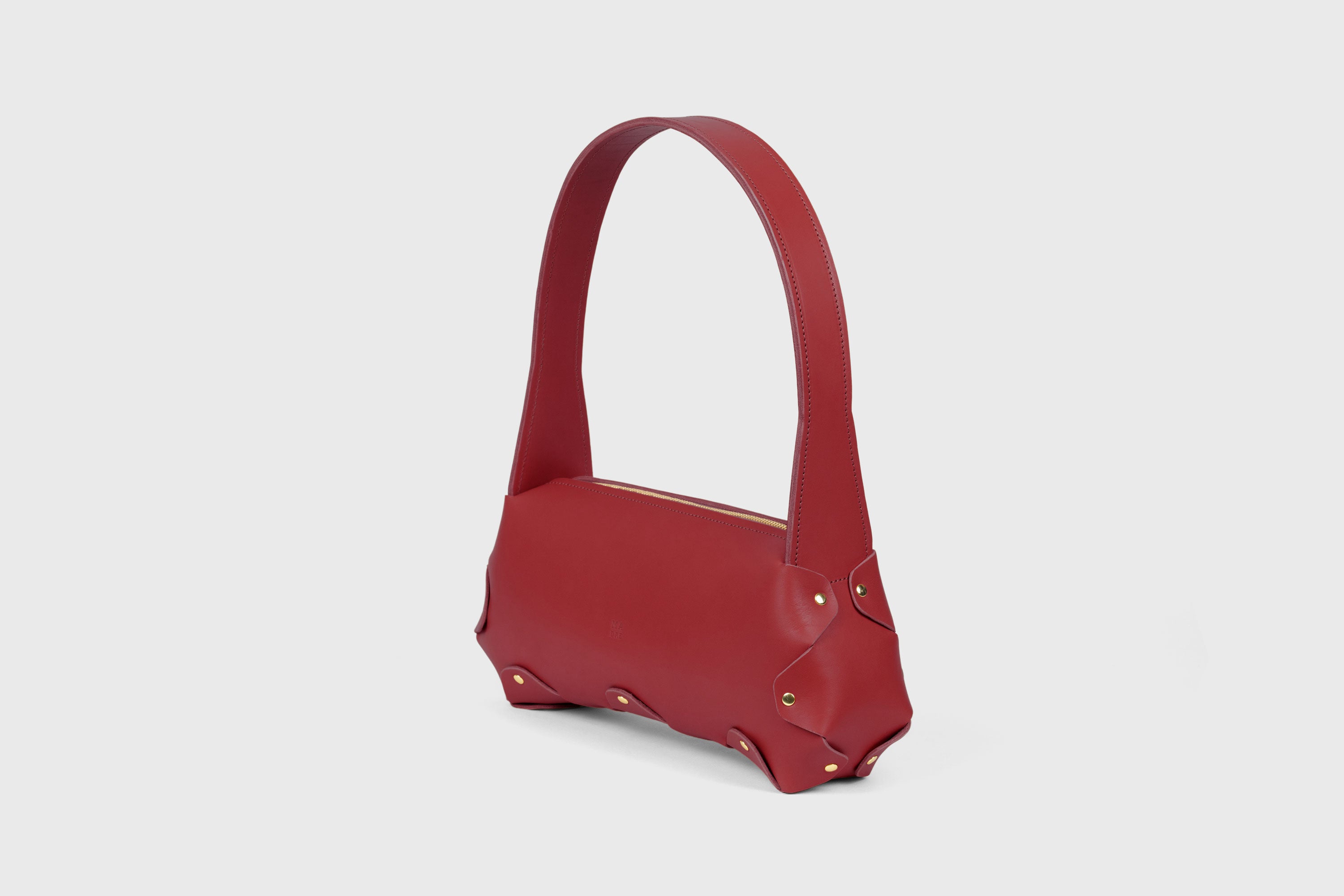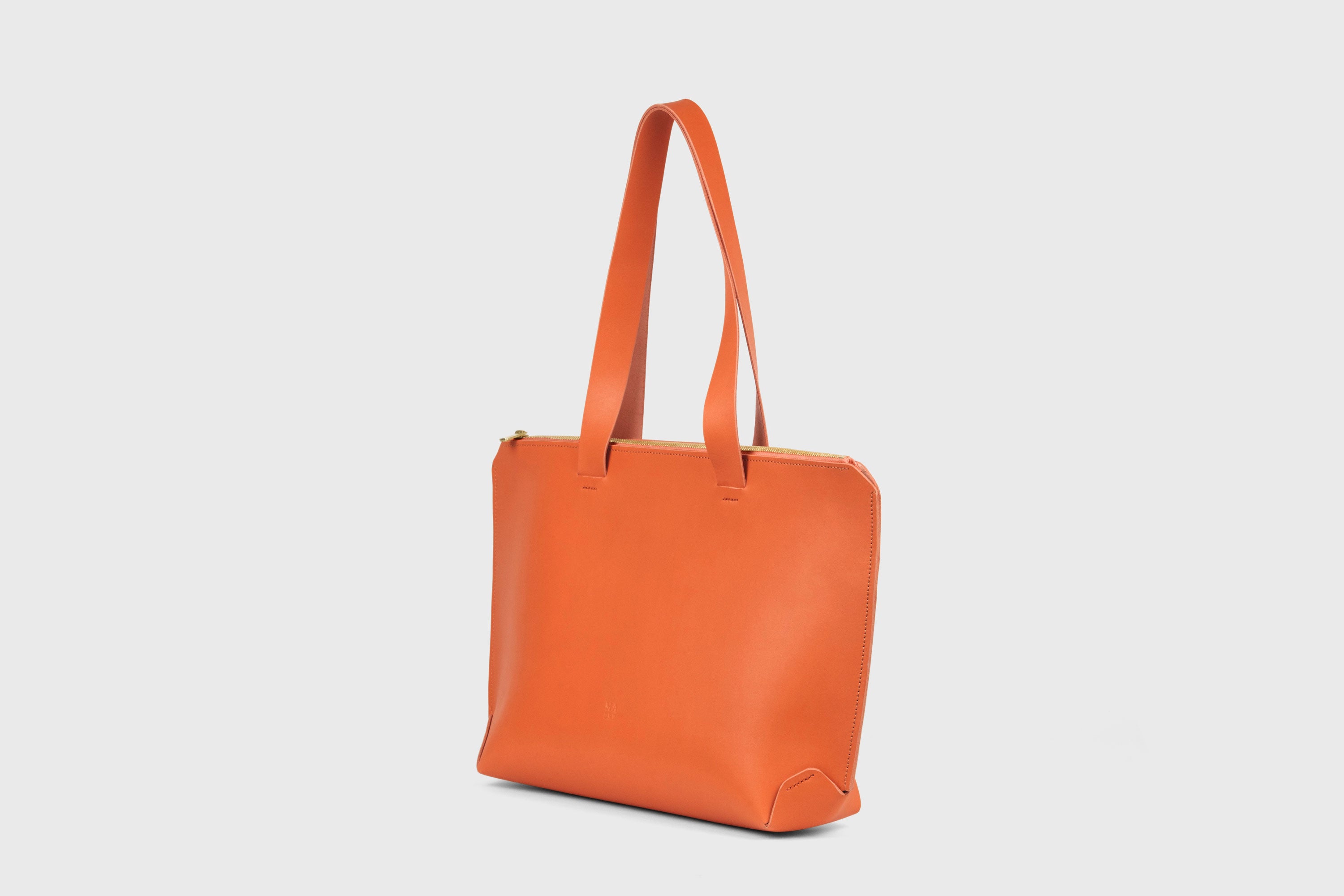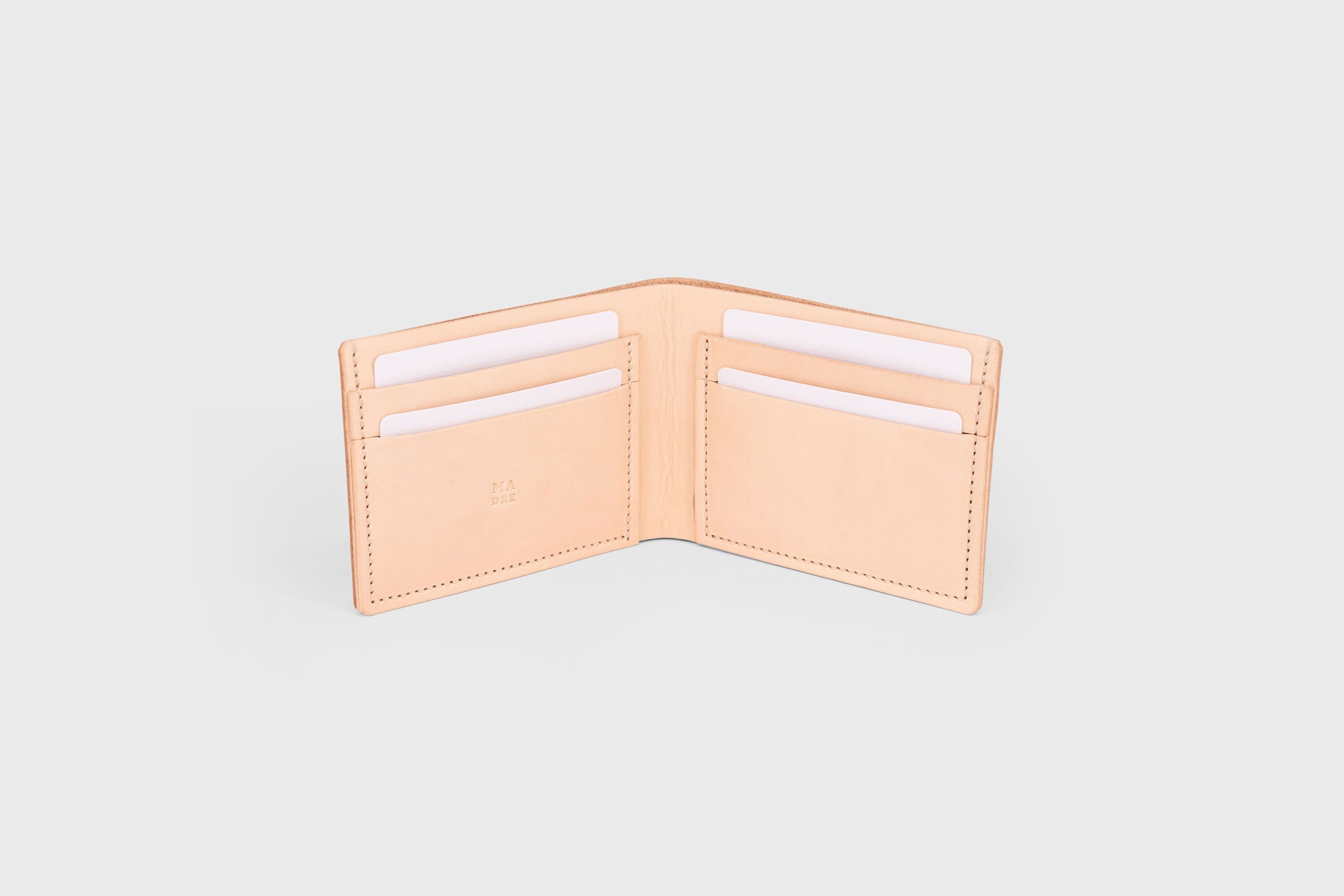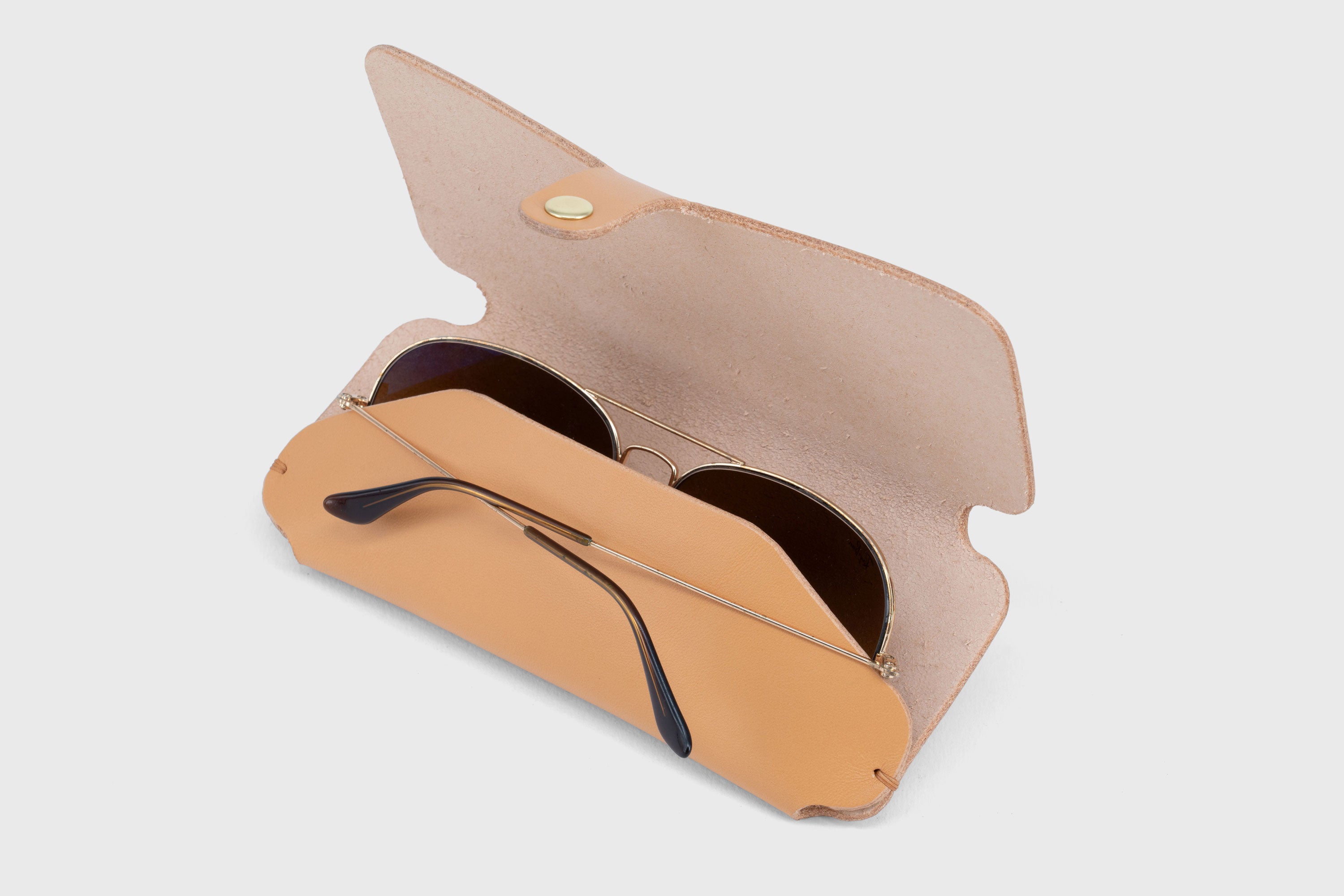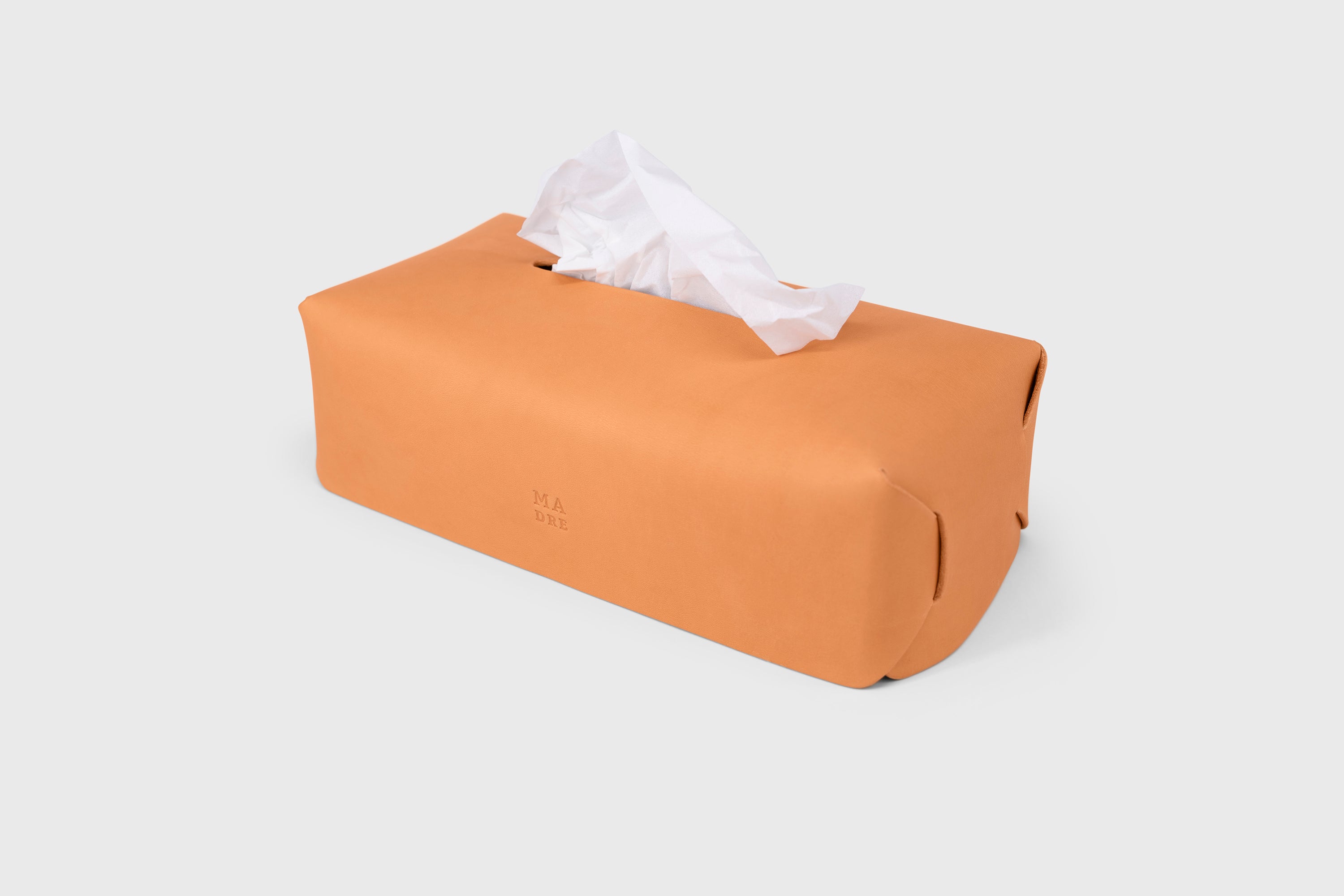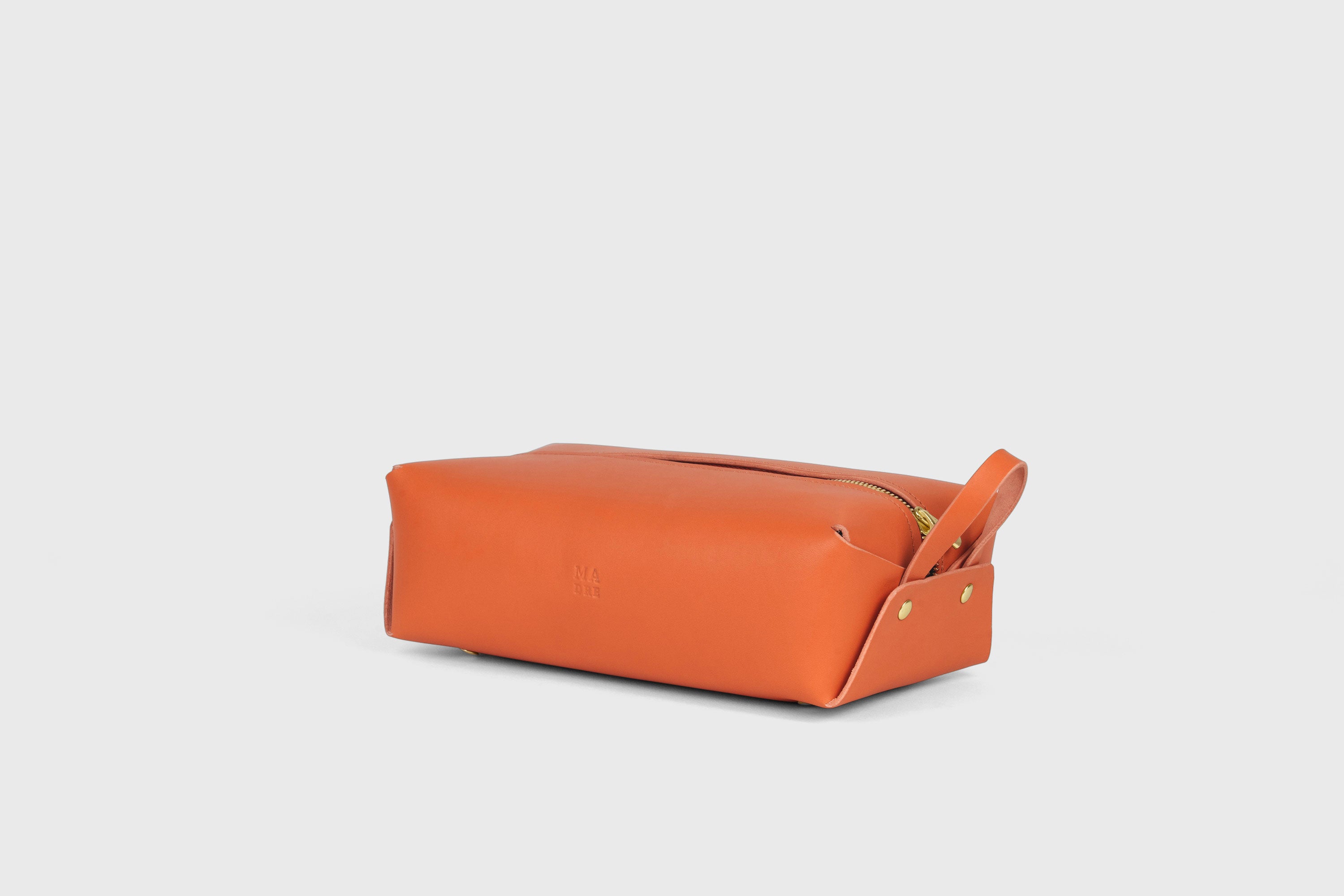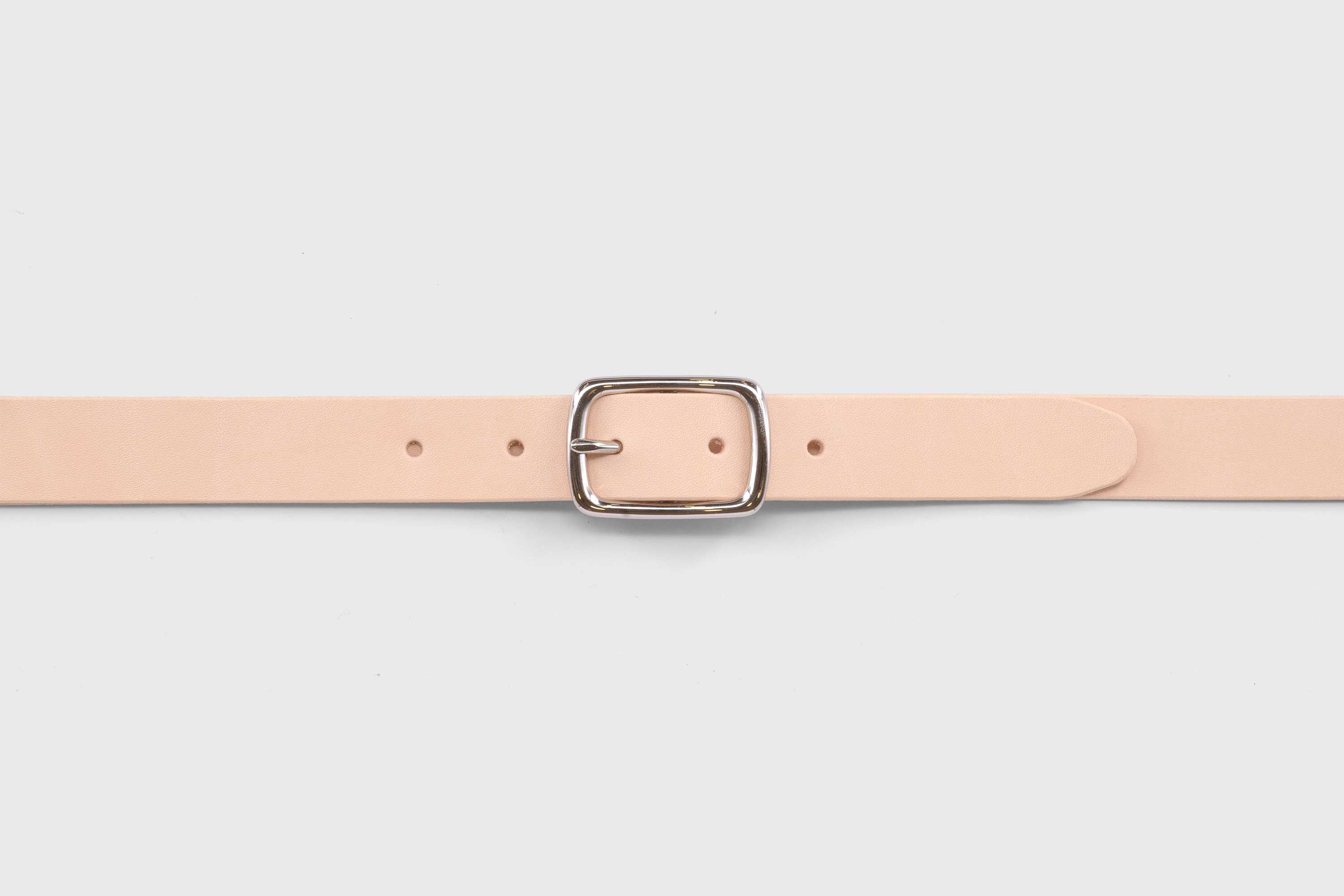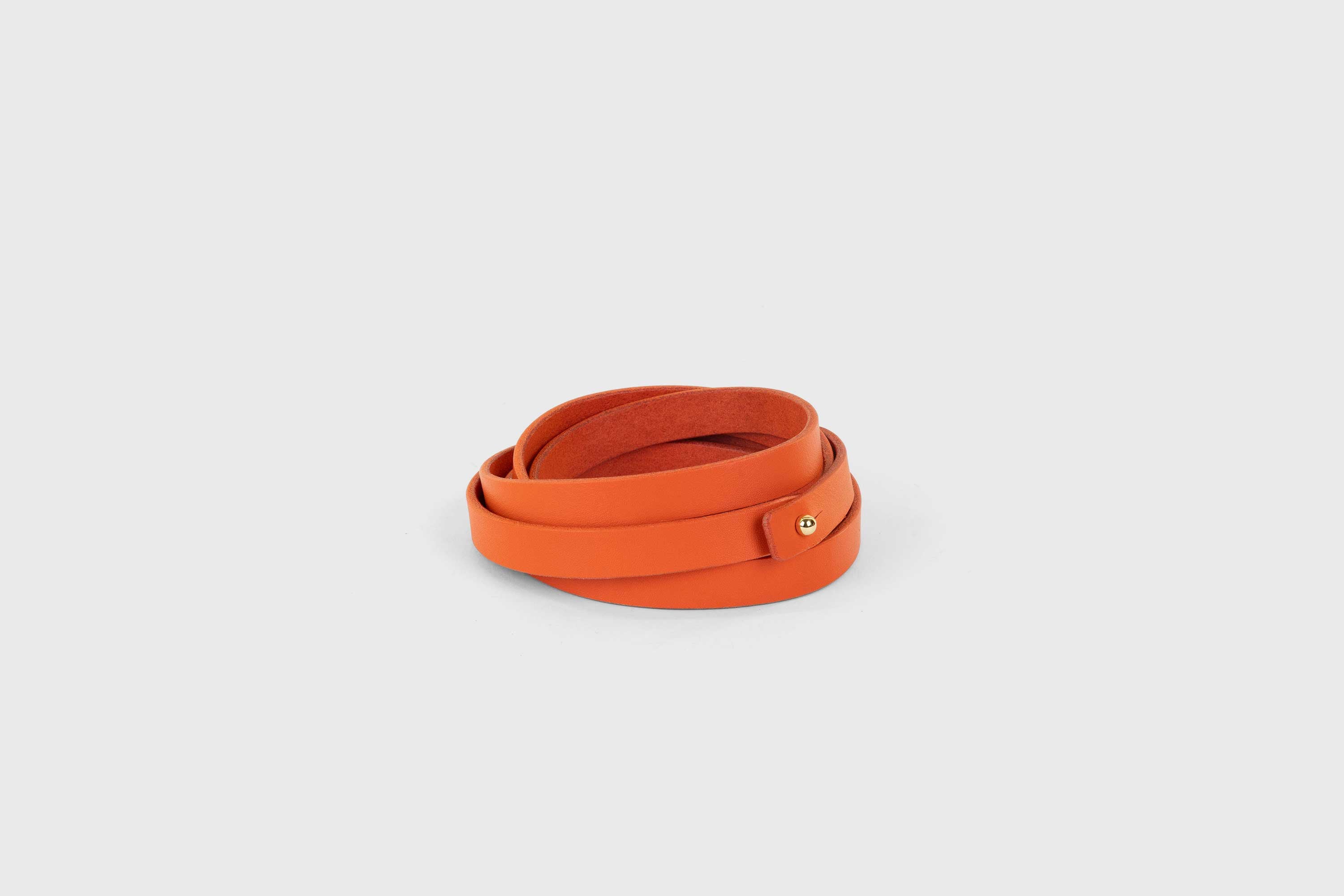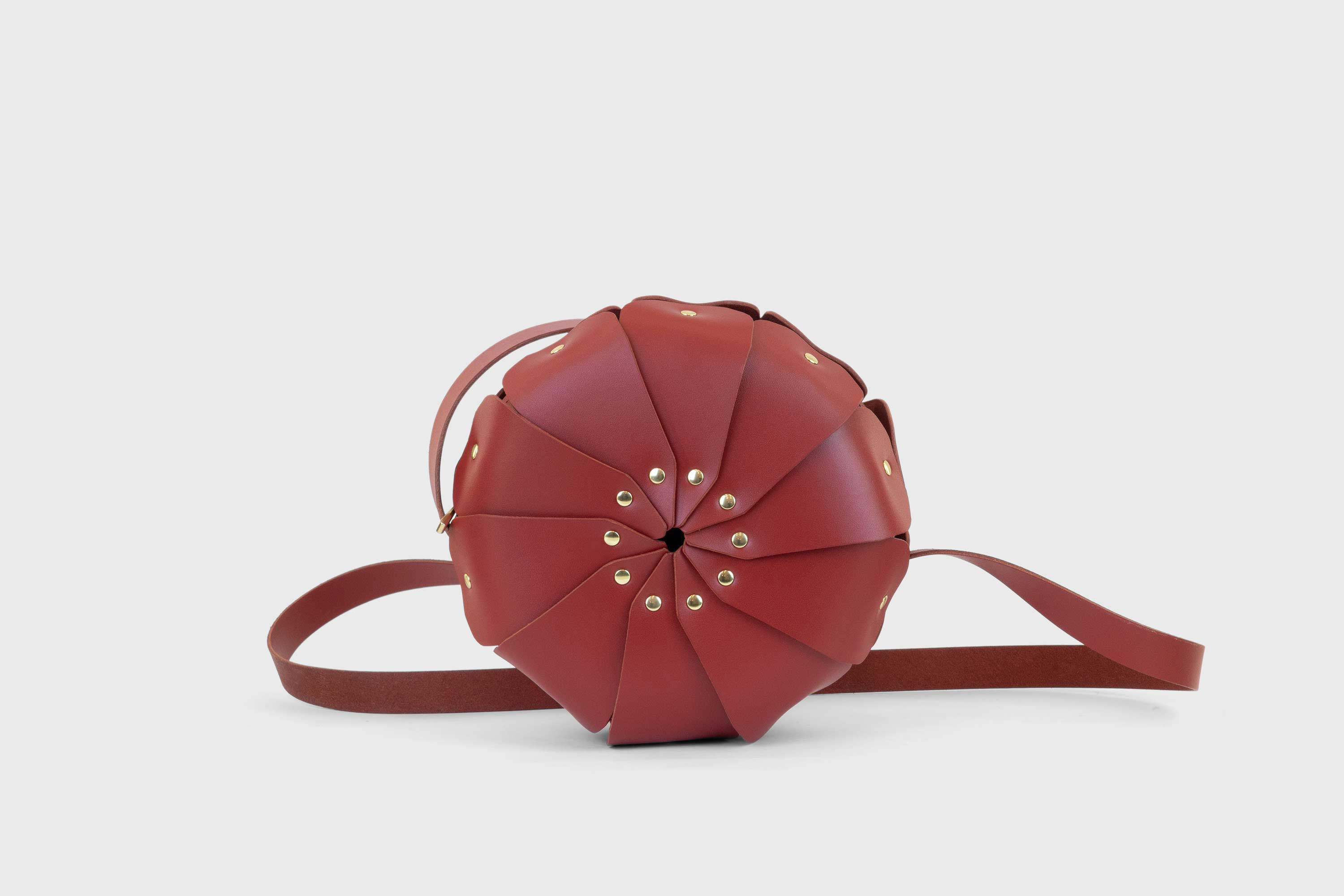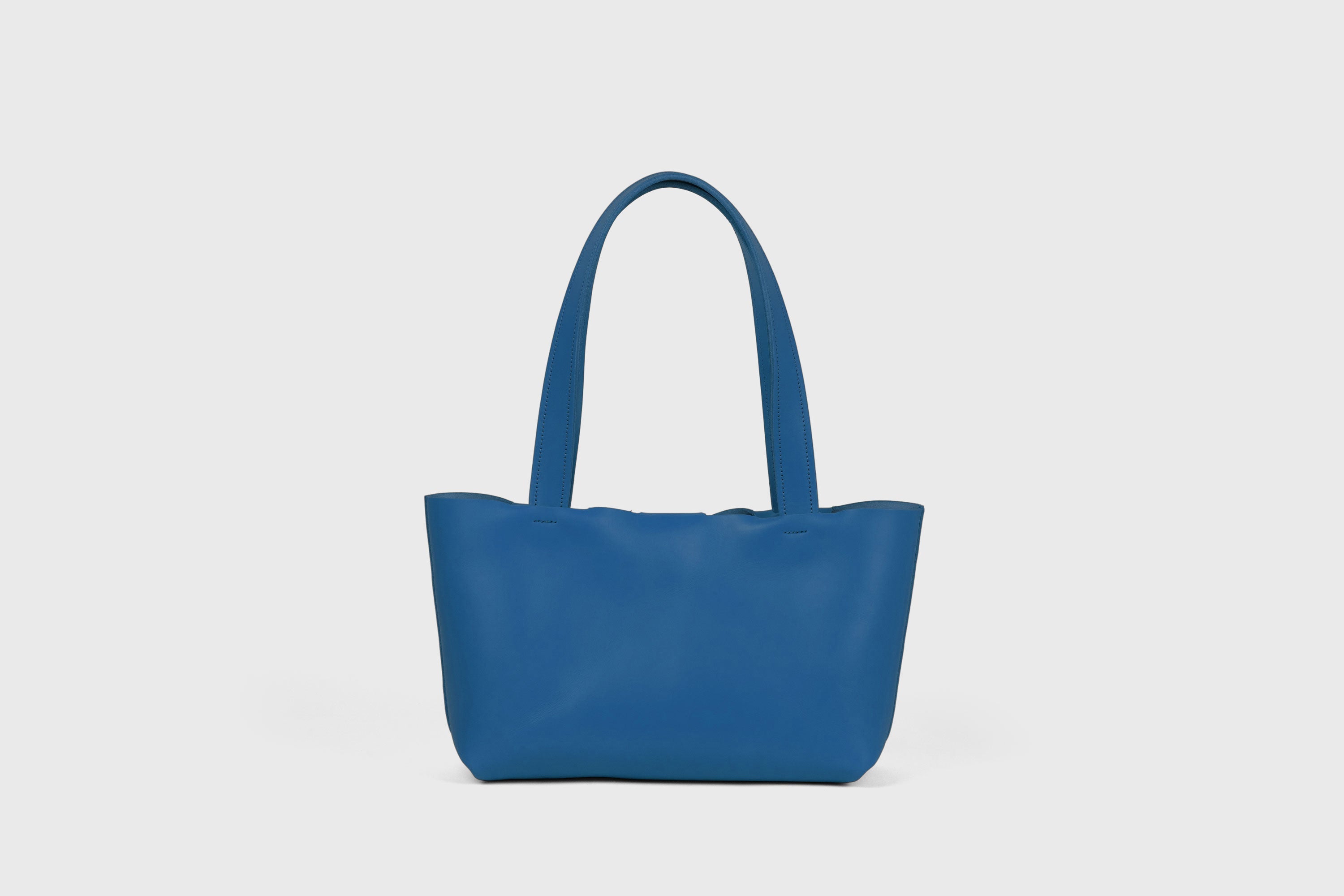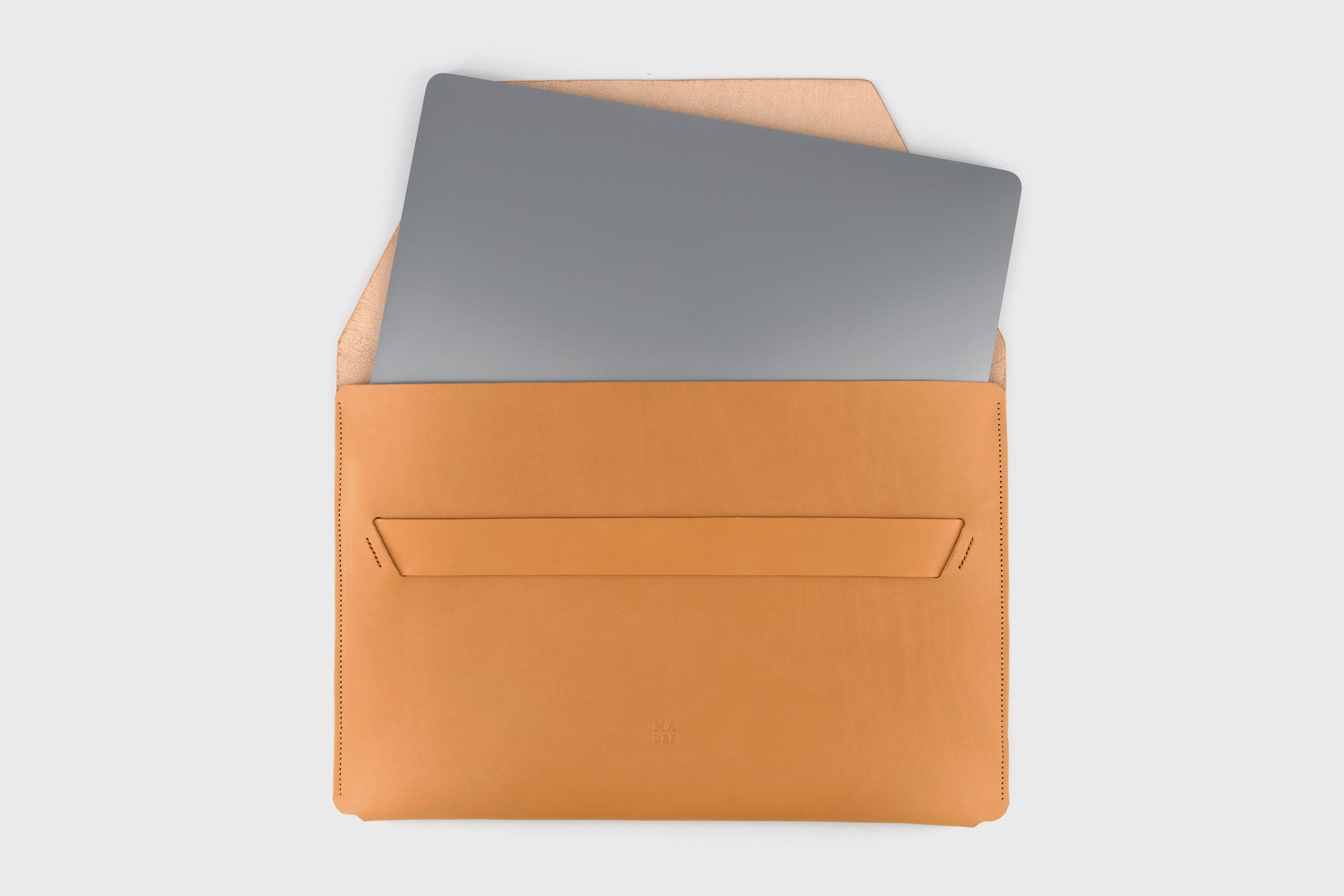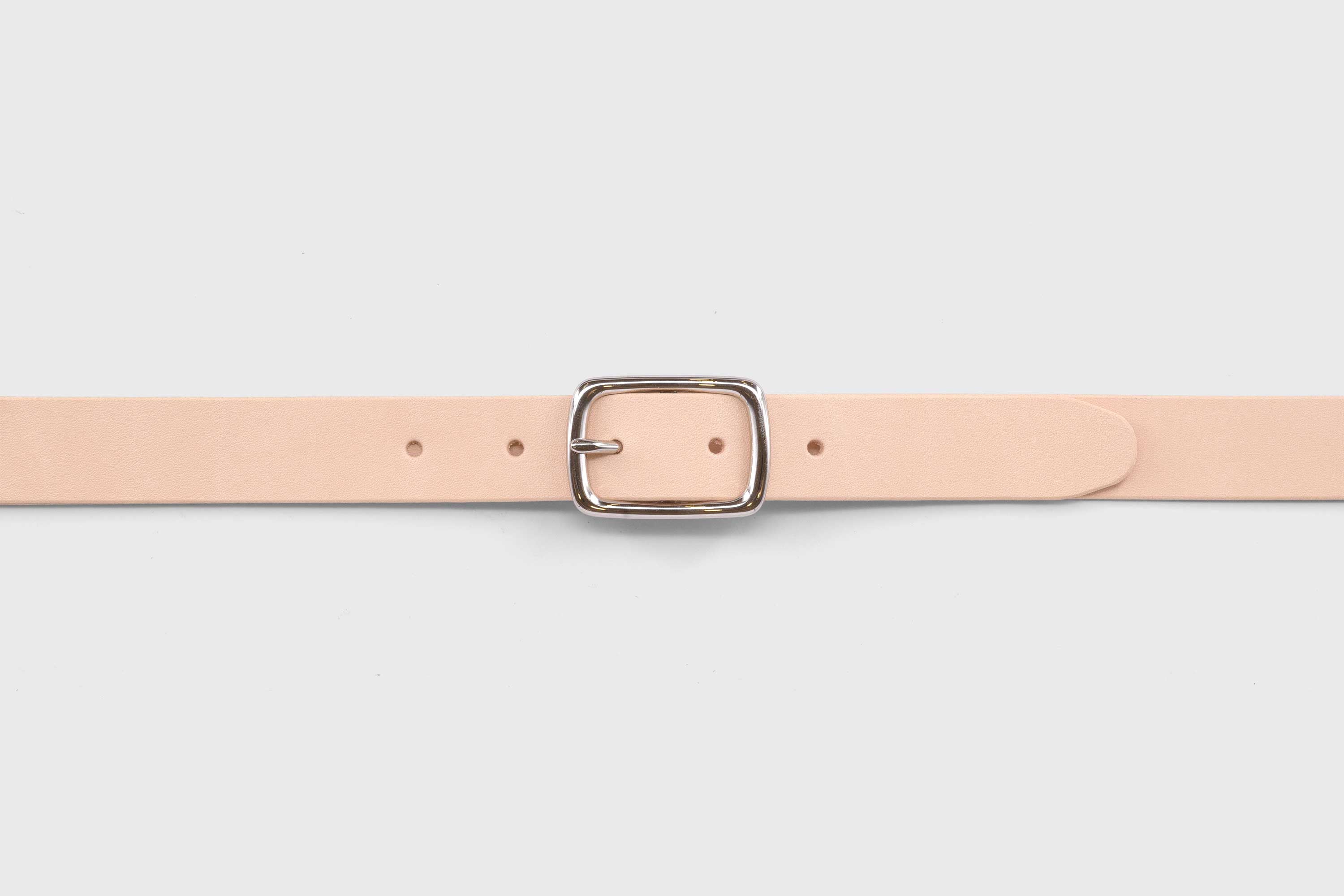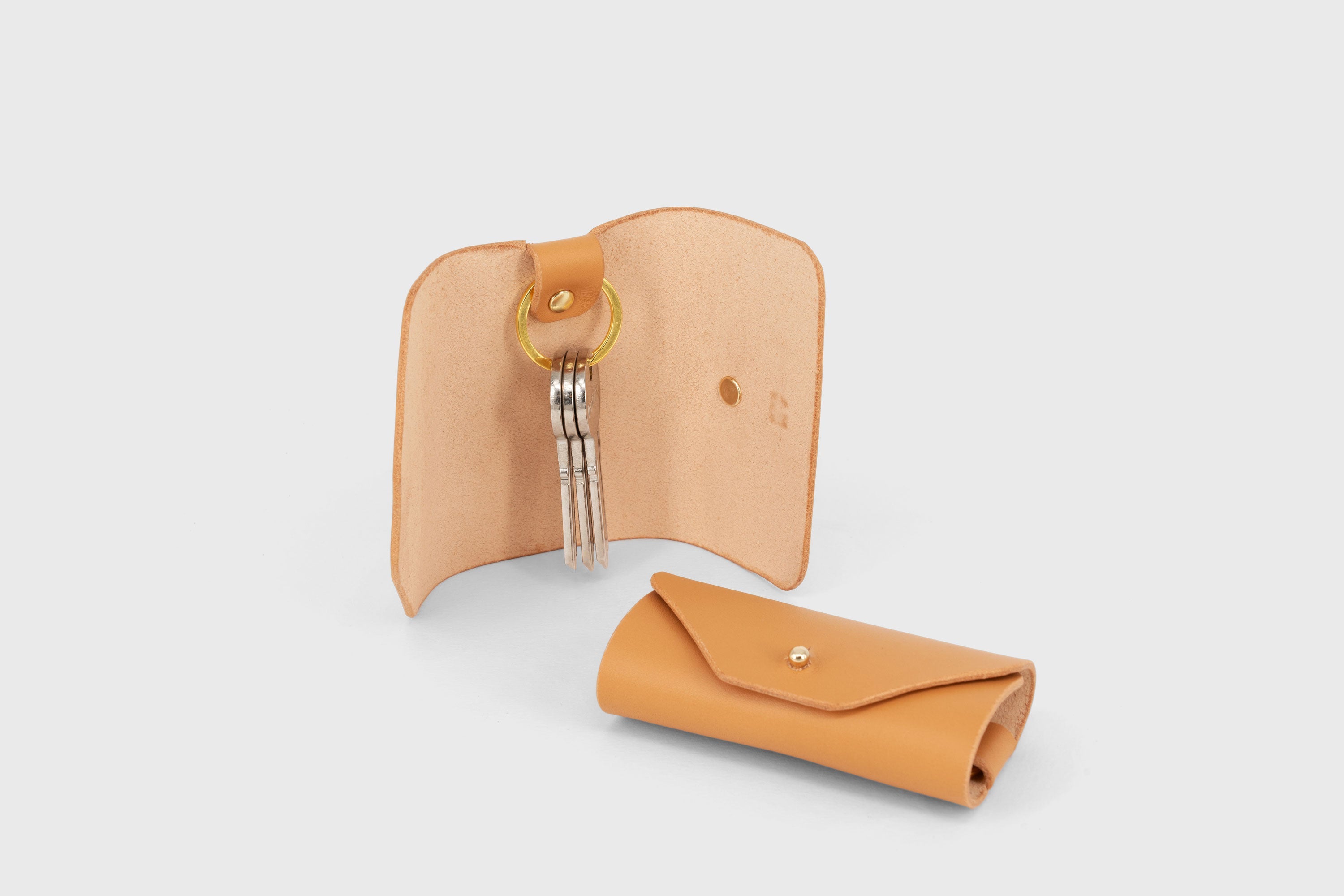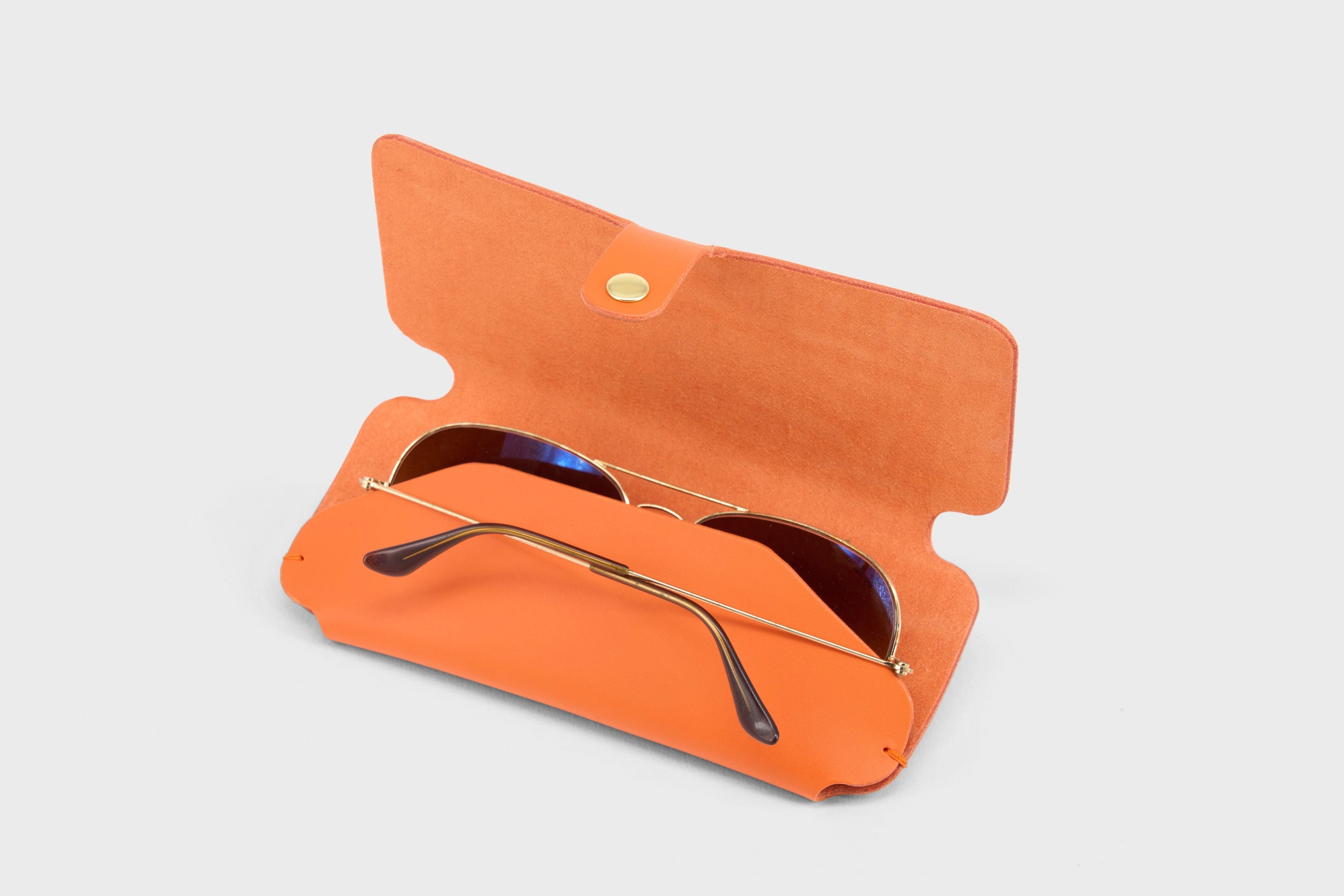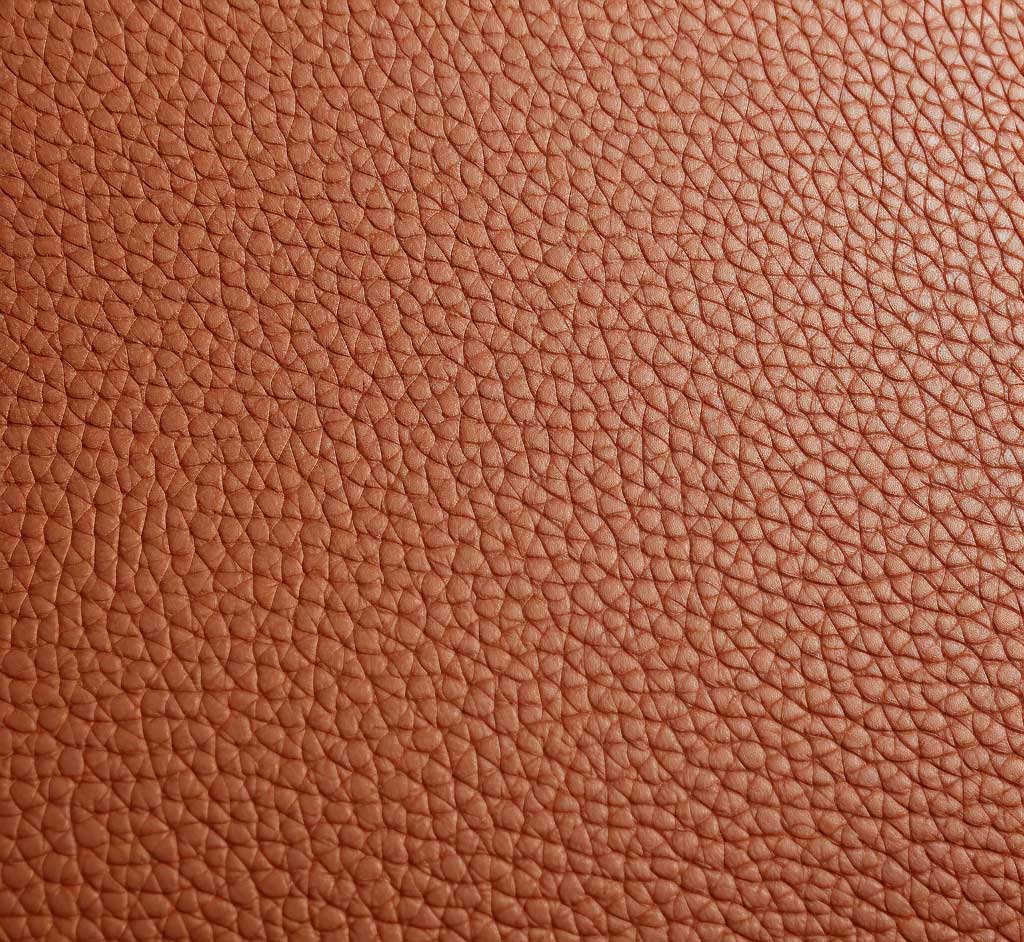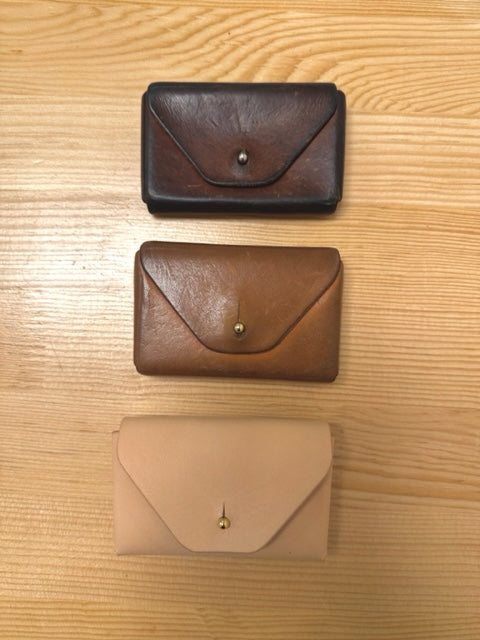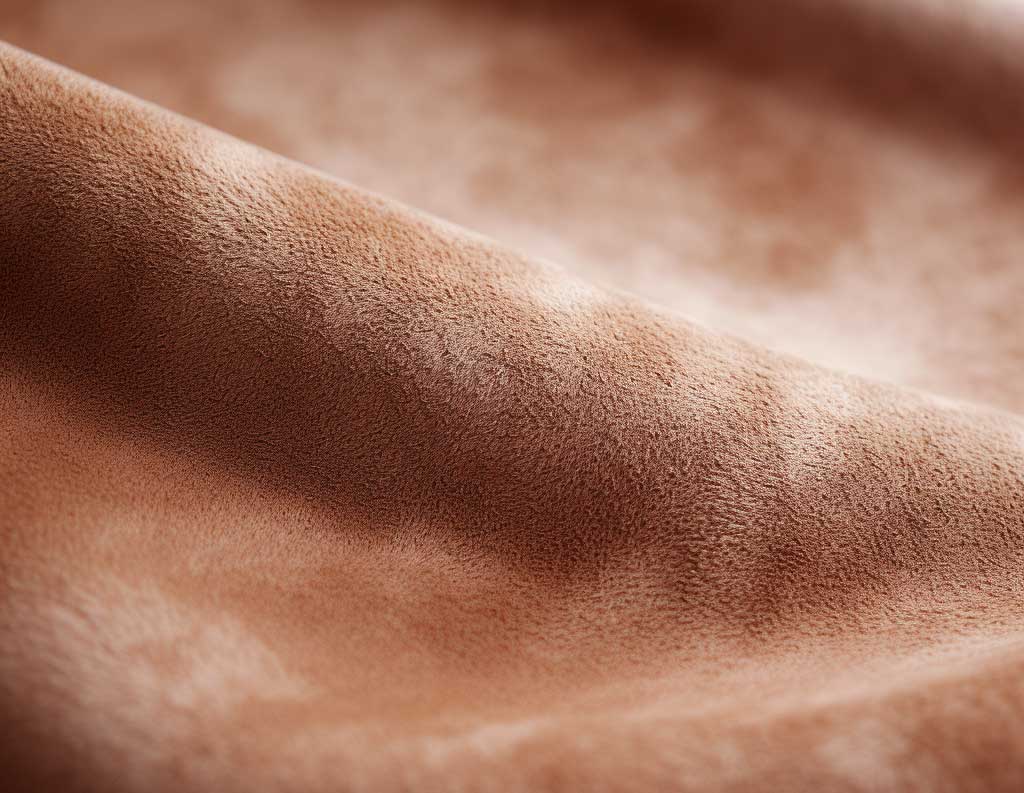
Suede Leather - A Complete Guide!
Suede leather is a type of leather that is made from the underside of animal skin, typically from lambs, goats, or calves. Suede has a soft, fuzzy texture that is created by sanding the underside of the skin, which makes it more flexible and pliable than traditional leather.
Suede leather is often used for clothing, shoes, and accessories, as well as upholstery and home decor. It is valued for its softness and texture, which gives it a luxurious feel. However, suede is also more delicate and prone to staining and water damage than traditional leather, so it requires special care and maintenance.
To care for suede leather, it is important to protect it from water and stains by applying a water and stain repellent spray. Suede should also be brushed regularly with a suede brush to remove any dirt or debris, and stored in a cool, dry place away from direct sunlight. If suede becomes stained or dirty, it is best to have it professionally cleaned to avoid damage.
How to clean suede leather?
Suede leather is a beautiful and luxurious material that is used in a variety of clothing, shoes, and accessories. However, suede is also more delicate and prone to staining and water damage than traditional leather, so it requires special care and maintenance. In this article, we will provide a guide on how to clean and care for suede leather.
-
Brushing: The first step in cleaning suede leather is to brush it to remove any dirt or debris. A suede brush is a specialized tool that has stiff bristles that help to remove dirt and restore the texture of the suede. It's important to brush the suede in one direction, as brushing back and forth can damage the fibers. To brush suede, use short, light strokes, and avoid using too much pressure.
-
Removing Stains: If the suede has a stain, it's important to act quickly to avoid it setting in. First, try to blot the stain with a clean, dry cloth to remove any excess moisture. Do not rub the stain, as this can cause it to spread. For liquid stains, such as water or wine, use a clean, dry cloth to blot the stain, and then allow the suede to dry completely before brushing. For oily or greasy stains, such as makeup or food, use a suede eraser to gently rub the stain. If the stain persists, try using a specialized suede cleaner or take it to a professional cleaner.
-
Water Damage: Water can cause significant damage to suede leather, so it's important to protect suede from water and moisture. If the suede becomes wet, it should be allowed to dry naturally in a cool, dry place away from direct sunlight or heat sources. Do not use a hairdryer or other heat source to dry suede, as this can cause the suede to shrink or become misshapen. Once the suede is dry, brush it with a suede brush to restore the texture.
-
Storing: Suede Proper storage of suede leather is important to prevent damage and maintain its quality. Suede should be stored in a cool, dry place away from direct sunlight or heat sources. Do not store suede in plastic bags or containers, as this can trap moisture and cause mildew or mold to form. Instead, store suede in a breathable fabric bag or box, and use tissue paper or packing material to help the suede maintain its shape.
In conclusion, suede leather is a beautiful and luxurious material that requires special care and maintenance to keep it looking its best. Regular brushing and careful stain removal can help to keep suede looking new, while proper storage and protection from water can prevent damage. By following these tips, you can keep your suede leather items looking great for years to come.
Is suede leather waterproof?
Suede leather is not waterproof, as it is a more delicate and porous material than traditional leather. The soft, fuzzy texture of suede is created by sanding the underside of the animal skin, which opens up the pores and makes it more susceptible to water damage.
When suede leather gets wet, it can become discolored, stiff, and misshapen. The water can also cause the fibers of the suede to stiffen, which can result in a rough and uneven texture. In addition, water can cause stains on suede that are difficult to remove.
To protect suede leather from water damage, it is important to apply a water and stain repellent spray to the surface of the suede. This can help prevent water from penetrating the pores of the suede and causing damage. However, even with a water repellent spray, suede should still be protected from rain and other sources of moisture.
If suede leather does get wet, it is important to allow it to dry naturally in a cool, dry place away from direct sunlight or heat sources. Do not use a hairdryer or other heat source to dry suede, as this can cause the suede to shrink or become misshapen. Once the suede is dry, it should be brushed with a suede brush to restore the texture.
In summary, suede leather is not waterproof and requires special care and maintenance to protect it from water damage. A water and stain repellent spray can help to prevent damage, but suede should still be protected from rain and other sources of moisture. If suede does get wet, it should be allowed to dry naturally and then brushed to restore its texture.
Can you use leather cleaner on suede?
Leather cleaner should not be used on suede, as it can damage the delicate fibers of the suede and cause discoloration and staining. Leather cleaner is formulated for use on smooth, finished leather, which is much more durable and resistant to damage than suede.
Suede requires a different type of cleaner that is specifically designed for use on this delicate material. Suede cleaners are typically water-based and formulated to gently clean and restore the texture of the suede. They are often sold as a kit that includes a suede cleaner, a suede brush, and a suede eraser.
To clean suede, it is important to first brush it to remove any dirt or debris. Then, apply a small amount of suede cleaner to a damp cloth or sponge, and gently rub the suede in a circular motion. Avoid using too much water, as this can cause the suede to become misshapen or discolored. Once the suede has been cleaned, it should be allowed to dry naturally, away from heat or direct sunlight.
In summary, leather cleaner should not be used on suede, as it can damage the delicate fibers of the suede. Instead, suede requires a specialized cleaner that is formulated for this delicate material. By using the right cleaner and following the proper cleaning instructions, suede can be effectively cleaned and restored to its original texture and appearance.
How is suede leather made?
Suede leather is a type of leather that is made from the underside of animal skin, typically from lambs, goats, or calves. Suede has a soft, fuzzy texture that is created by sanding the underside of the skin, which makes it more flexible and pliable than traditional leather. In this article, we will provide an in-depth guide on how suede leather is made.
Step 1 - Preparing the Leather: The first step in making suede leather is to prepare the animal skin. The skin is cleaned and treated to remove any hair, fat, or other impurities. Once the skin has been cleaned, it is stretched and dried to create a firm, flat surface that is suitable for sanding.
Step 2 - Splitting the Leather: After the skin has been prepared, it is split into two layers: the top grain layer and the suede layer. The top grain layer is the smooth, outer layer of the skin that is used to make traditional leather. The suede layer is the soft, fuzzy layer on the underside of the skin that is used to make suede leather.
Step 3 - Sanding the Suede: Once the suede layer has been separated from the top grain layer, it is sanded to create the soft, fuzzy texture that is characteristic of suede leather. Sanding removes the top layer of the suede fibers, leaving a shorter, softer layer of fibers on the surface of the leather. The depth and texture of the suede can be varied depending on the desired outcome.
Step 4 - Dyeing and Finishing: After the suede has been sanded, it is dyed and finished to create the desired color and texture. Suede can be dyed a wide range of colors, from natural browns and tans to bright, bold hues. The suede can also be finished with a variety of textures, such as nubuck or velour.
Step 5 - Cutting and Sewing: Once the suede leather has been dyed and finished, it is ready to be cut and sewn into a variety of products, such as clothing, shoes, and accessories. Suede can be cut into a variety of shapes and sizes, and is a popular material for everything from jackets and boots to handbags and wallets.
In conclusion, suede leather is a unique and beautiful material that is made by sanding the underside of animal skin. The process of making suede involves preparing the leather, splitting it into layers, sanding the suede, dyeing and finishing it, and finally cutting and sewing it into a variety of products. The result is a soft, pliable leather with a luxurious feel that is ideal for a wide range of applications.
Can I use leather paint on suede?
Leather paint should not be used on suede, as it can damage the delicate fibers of the suede and cause discoloration and staining. Leather paint is designed for use on smooth, finished leather, which is much more durable and resistant to damage than suede.
Suede requires a different type of dye or paint that is specifically designed for use on this delicate material. Suede dyes are typically water-based and formulated to gently penetrate the fibers of the suede, providing a uniform color without damaging the texture or feel of the suede.
Before applying any type of dye or paint to suede, it is important to test it on a small, inconspicuous area to ensure that it does not cause any damage or discoloration. If the test area is successful, the dye or paint can be applied to the larger area using a soft, clean brush or sponge. It's important to apply the dye or paint evenly and avoid using too much, as this can cause the suede to become stiff or misshapen.
Once the dye or paint has been applied, it should be allowed to dry completely before wearing or using the suede item. It's important to avoid getting the suede wet or exposing it to heat or direct sunlight until the dye or paint has fully cured.
In summary, leather paint should not be used on suede, as it can cause damage and discoloration. Instead, suede requires a specialized dye or paint that is formulated for this delicate material. By using the right product and following proper application techniques, suede can be effectively dyed or painted without causing damage or altering its unique texture and feel.
Does suede stretch more than other leather?
Suede leather does tend to stretch more than other types of leather, as it is a softer and more pliable material. Suede leather is made by sanding the underside of the animal skin, which opens up the pores and makes it more flexible and stretchy than traditional leather.
When suede leather is stretched, the fibers of the leather elongate and the texture can become flattened or distorted. This is why it's important to choose the right size and fit when purchasing suede items, such as shoes or jackets, as they can stretch and become misshapen over time.
To prevent suede from stretching too much, it's important to avoid exposing it to water or other sources of moisture, as this can cause the fibers to become weak and stretchy. It's also important to store suede items properly, in a cool, dry place away from heat or direct sunlight.
If suede does become stretched out of shape, it can sometimes be reshaped or restored by a professional leather cleaner or cobbler. However, prevention is the best strategy for maintaining the shape and fit of suede items over time.
In summary, suede leather does stretch more than other types of leather, due to its soft and pliable texture. To prevent stretching, it's important to avoid exposing suede to moisture and store it properly when not in use. If stretching does occur, it may be possible to restore the shape of suede items through professional cleaning or repair.
Can I use leather conditioner on suede?
Leather conditioner should not be used on suede, as it can damage the delicate fibers of the suede and cause discoloration and staining. Leather conditioner is designed for use on smooth, finished leather, which is much more durable and resistant to damage than suede.
Suede requires a different type of conditioner that is specifically designed for use on this delicate material. Suede conditioners are typically water-based and formulated to nourish and protect the fibers of the suede, without causing damage or altering the texture of the suede.
To condition suede, it is important to first brush it to remove any dirt or debris. Then, apply a small amount of suede conditioner to a clean, dry cloth, and gently rub the suede in a circular motion. Avoid using too much conditioner, as this can cause the suede to become too soft or misshapen. Once the suede has been conditioned, it should be allowed to dry naturally, away from heat or direct sunlight.
In addition to conditioning, it is also important to protect suede from water and other sources of moisture, as this can cause damage and discoloration. A water and stain repellent spray can help to prevent damage, but suede should still be protected from rain and other sources of moisture.
In summary, leather conditioner should not be used on suede, as it can cause damage and staining. Instead, suede requires a specialized conditioner that is formulated for this delicate material. By using the right conditioner and following proper application techniques, suede can be effectively conditioned and protected without causing damage or altering its unique texture and feel.
Can suede leather be washed?
Suede leather should not be washed with water, as it can cause damage to the delicate fibers of the suede and alter its texture and appearance. When suede comes into contact with water, it can become discolored, stiff, and misshapen. The water can also cause the fibers of the suede to stiffen, which can result in a rough and uneven texture.
If suede becomes dirty or stained, it's important to clean it using a specialized suede cleaner that is designed to gently remove dirt and stains without damaging the fibers of the suede. Suede cleaners are typically water-based and formulated to restore the texture of the suede without causing discoloration or staining.
To clean suede, it is important to first brush it to remove any dirt or debris. Then, apply a small amount of suede cleaner to a damp cloth or sponge, and gently rub the suede in a circular motion. Avoid using too much water, as this can cause the suede to become misshapen or discolored. Once the suede has been cleaned, it should be allowed to dry naturally, away from heat or direct sunlight.
If the suede cannot be cleaned using a suede cleaner, it may be necessary to take it to a professional leather cleaner who has experience working with suede.
In summary, suede leather should not be washed with water, as it can cause damage to the delicate fibers of the suede. Instead, suede requires a specialized cleaner that is formulated for this delicate material. By using the right cleaner and following proper cleaning techniques, suede can be effectively cleaned and restored without causing damage or altering its unique texture and feel.
Can you oil suede leather?
Suede leather should not be oiled, as it can cause damage to the delicate fibers of the suede and alter its texture and appearance. Oiling suede can cause the fibers to become stiff, flattened, or discolored, which can ruin the soft, plush texture of the suede.
Instead of oiling suede, it's important to use a specialized suede protector or conditioner that is formulated to nourish and protect the fibers of the suede without causing damage. Suede protectors are typically water-based and designed to repel water and other sources of moisture, while suede conditioners are formulated to restore the texture of the suede and prevent it from becoming dry and brittle.
To protect suede, it's important to apply a water and stain repellent spray to the surface of the suede, following the manufacturer's instructions carefully. This will help to prevent water and other sources of moisture from damaging the suede, while also making it easier to clean and maintain.
If suede does become dirty or stained, it's important to clean it using a specialized suede cleaner that is designed to gently remove dirt and stains without damaging the fibers of the suede. Suede cleaners are typically water-based and formulated to restore the texture of the suede without causing discoloration or staining.
In summary, suede leather should not be oiled, as it can cause damage to the delicate fibers of the suede. Instead, suede requires a specialized protector or conditioner that is formulated to nourish and protect the fibers of the suede without causing damage or altering its unique texture and feel.
Is suede leather durable?
Suede is not as durable as other types of leather because it is made from the underside of the animal skin, which is softer and more delicate than the outer layer. The suede-making process involves sanding the leather to create a soft, plush texture, which can cause the fibers to become weakened and more susceptible to wear and tear.
Suede is also more vulnerable to water and other sources of moisture than other types of leather. When suede comes into contact with water, it can become discolored, stiff, and misshapen. The water can also cause the fibers of the suede to stiffen, which can result in a rough and uneven texture.
Furthermore, because suede has a soft, plush texture, it can easily become flattened or distorted over time, especially in areas of high wear. This can cause the suede to lose its unique texture and appearance, making it look worn and old.
However, with proper care and maintenance, suede can last a long time and maintain its soft, plush texture. Suede should be protected from water and other sources of moisture, and should be cleaned and treated using specialized products that are formulated for this delicate material.
In summary, suede is not as durable as other types of leather because it is made from a softer, more delicate part of the animal skin, and is vulnerable to water and wear. However, with proper care and maintenance, suede can still be a long-lasting and beautiful material.


